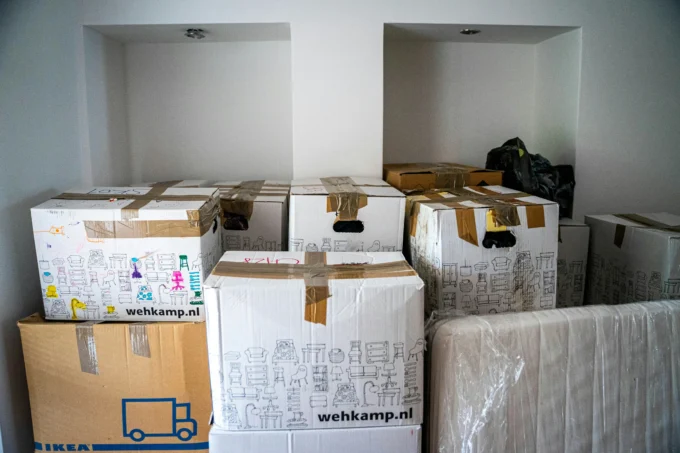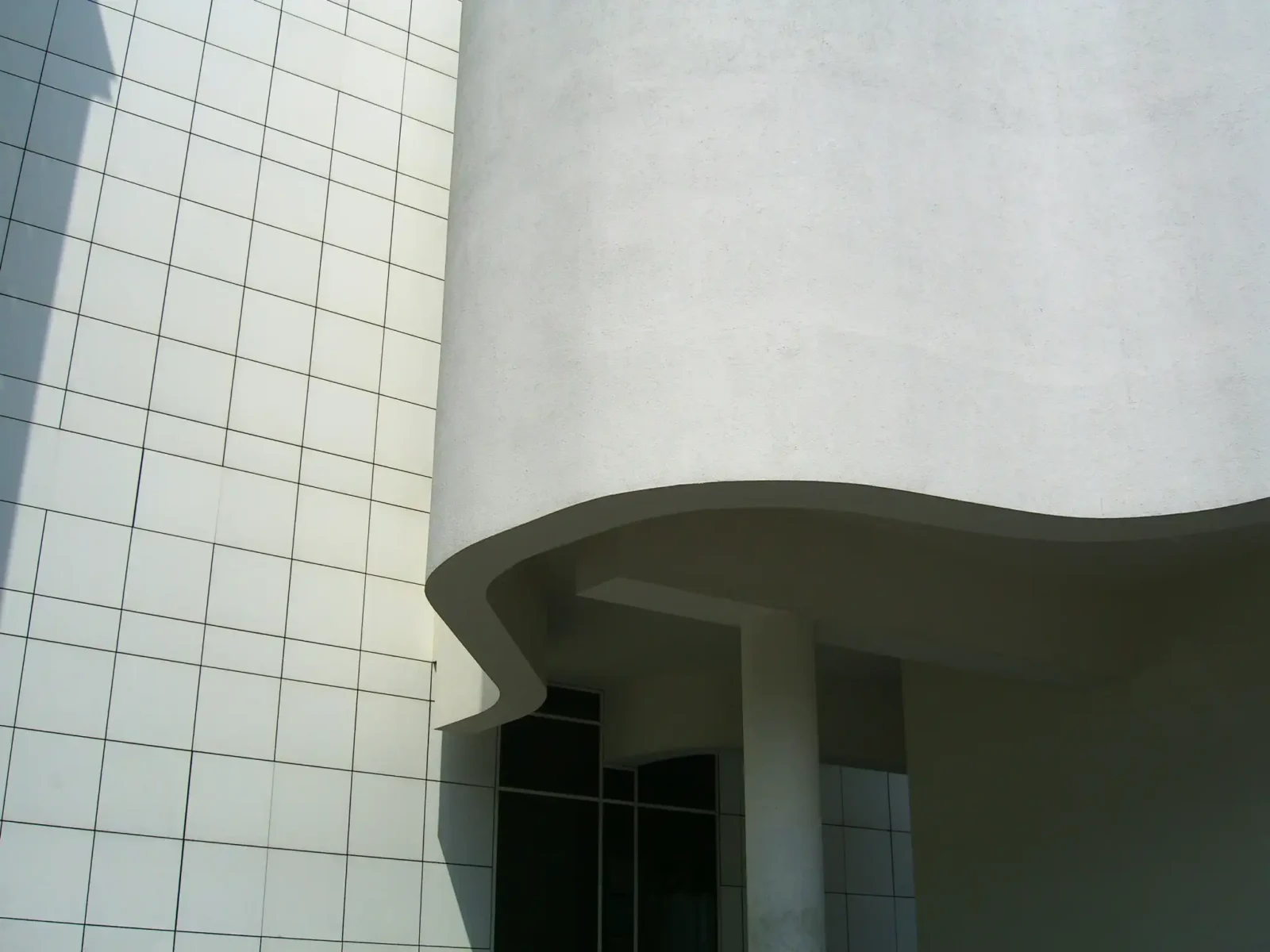- Home
- Articles
- Architectural Portfolio
- Architectral Presentation
- Inspirational Stories
- Architecture News
- Visualization
- BIM Industry
- Facade Design
- Parametric Design
- Career
- Landscape Architecture
- Construction
- Artificial Intelligence
- Sketching
- Design Softwares
- Diagrams
- Writing
- Architectural Tips
- Sustainability
- Courses
- Concept
- Technology
- History & Heritage
- Future of Architecture
- Guides & How-To
- Art & Culture
- Projects
- Interior Design
- Competitions
- Jobs
- Store
- Tools
- More
- Home
- Articles
- Architectural Portfolio
- Architectral Presentation
- Inspirational Stories
- Architecture News
- Visualization
- BIM Industry
- Facade Design
- Parametric Design
- Career
- Landscape Architecture
- Construction
- Artificial Intelligence
- Sketching
- Design Softwares
- Diagrams
- Writing
- Architectural Tips
- Sustainability
- Courses
- Concept
- Technology
- History & Heritage
- Future of Architecture
- Guides & How-To
- Art & Culture
- Projects
- Interior Design
- Competitions
- Jobs
- Store
- Tools
- More
A Step-by-Step Guide to Understanding Your Furnace Repair Needs

Understanding furnace issues can be overwhelming for homeowners. Whether you are facing unusual noises, inadequate heating, or complete system shutdowns, identifying the underlying problems is crucial for prompt and effective repairs. This guide aims to break down the essential components of furnace maintenance and troubleshooting, arming you with knowledge to handle potential issues or communicate effectively with technicians when needed. By the end, you will possess a clearer understanding of your furnace’s needs and the actions required to keep it functioning optimally.
Table of Contents
ToggleCommon Signs of Furnace Trouble
Knowing the signs of furnace trouble can save you time and prevent more costly repairs down the line. Some telltale indicators include: unusual noises, such as banging, squealing, or grinding; inconsistent heating, where some rooms feel warm while others remain chilly; and a sudden increase in heating bills, which often reflects inefficiency. If you notice these signs, it’s essential to investigate further. Often, problems can be traced back to neglected maintenance, such as unclean air filters or insufficient lubrication of moving parts. In addition to physical indicators, pay attention to your thermostat settings. If the unit has suddenly become unresponsive or your settings appear to be altered without your input, it may point to a malfunctioning system. A failing thermostat can lead to heating discrepancies, pushing your furnace to work overtime to achieve set temperatures, and increasing wear and tear on the system.

Understanding the Components of Your Furnace
A furnace has several key components that work together to provide heat; understanding these can aid significantly in diagnosing issues. The main parts include the heat exchanger, burners, blower, heat distribution ducts, and thermostats. The heat exchanger is integral to the process, transferring heat generated by the burners to the air circulated by the blower. If this component malfunctions, the entire heating cycle can be disrupted, affecting overall efficiency. Burners, on the other hand, are responsible for creating the heat in the system. Any blockage or damage here can directly affect your furnace’s capacity to generate warmth. The blower is essential for circulating warm air throughout your home. A malfunctioning blower may simply be due to dust accumulation or may indicate more complex issues such as electrical problems.
Conducting Basic Troubleshooting Steps
Before calling for professional help, it’s wise to conduct some basic troubleshooting steps, which may resolve minor issues. Start by ensuring that your thermostat is on and set to the desired temperature; this may sound trivial, but low battery levels or switched-off systems can often cause delays in heating. Next, inspect your air filters to ensure they are clean and unobstructed, as a clogged filter can restrict airflow and lead to overheating or inefficient heating. Regularly changing air filters every one to three months can help maintain optimal performance. If everything seems in order, investigate electrical components. Ensure fuses or circuit breakers are intact, as blown fuses can interrupt the power supply to your furnace. For gas furnaces, confirm that the gas valve is open. These simple checks may reveal easy fixes to heating problems.
When to Call Professionals
Although there are many troubleshooting steps you can take, certain scenarios warrant a call to professionals. If you have tried basic troubleshooting yet the issues persist, or if you suspect gas leaks or electrical concerns, it’s time to talk to furnace technicians for help. Ignoring significant problems can lead to not only inefficient heating but potentially hazardous situations. In addition, should your system begin to emit strange odors—particularly a burning smell or a rotten egg scent—do not hesitate to contact professionals immediately as these can signify severe risks. The expertise of trained technicians can ensure that your furnace is repaired correctly and safely, allowing you to return to your comfort sooner.
Preparing for a Service Call
If you’ve made the decision to engage professional technicians, being prepared for the service call can streamline the process and ensure effective communication about your issues. Gather any relevant information about your furnace, including its age, maintenance history, and any previous issues. A documentation of unusual smells, sounds, or changes in functioning will provide a clearer picture of the present problems. Creating an organized list of repairs and concerns will aid the technicians in accurately diagnosing the issue. Your proactive approach can save time and result in more efficient solutions. If you have performed any of the troubleshooting steps mentioned earlier, share this information as well; it helps prevent unnecessary misunderstandings regarding the state of your furnace.

The Importance of Routine Maintenance
To prevent future issues, establishing a routine maintenance schedule can be a proactive investment in your furnace’s longevity. Regular maintenance such as checking the heat exchanger for cracks, cleaning or replacing air filters, and scheduling annual inspections will help in identifying potential components that could fail down the line. A well-maintained furnace operates more efficiently, providing consistent warmth and utilizing energy more effectively. Statistics show that regular maintenance can improve heating efficiency by up to 30%, directly affecting your energy bills and carbon footprint (Energy Saving Trust). Therefore, choosing to invest in preventative maintenance is not merely an expense; it is a pathway to long-term savings and comfort.
Being prepared ensures that you can return to a comfortable living environment quickly while mitigating damage to your system. Recognizing when to take action and when to seek help is a valuable skill in home maintenance. Knowing what to look for, performing basic troubleshooting, and understanding your system can make a significant difference in your experience as a homeowner.
illustrarch is your daily dose of architecture. Leading community designed for all lovers of illustration and #drawing.
Submit your architectural projects
Follow these steps for submission your project. Submission FormLatest Posts
The Ultimate Guide to Fencing in North Dakota: Choosing the Best Fence for Your Property
Watching a chain link fence twist in 70 mph winds near Minot...
Gaudí: Where Architecture Meets Science
Gaudí: Where Architecture Meets Science shows catenary arches, ruled surfaces, and biomimicry...
How Housing Market Forces Shape Architectural Design Today
Architecture never exists in isolation. Buildings rise from a mix of ambition,...
Why Portable Formaldehyde Gas Detectors Matter on Construction Sites
As construction practices shift toward more enclosed and material-intensive environments, the risk...












Leave a comment